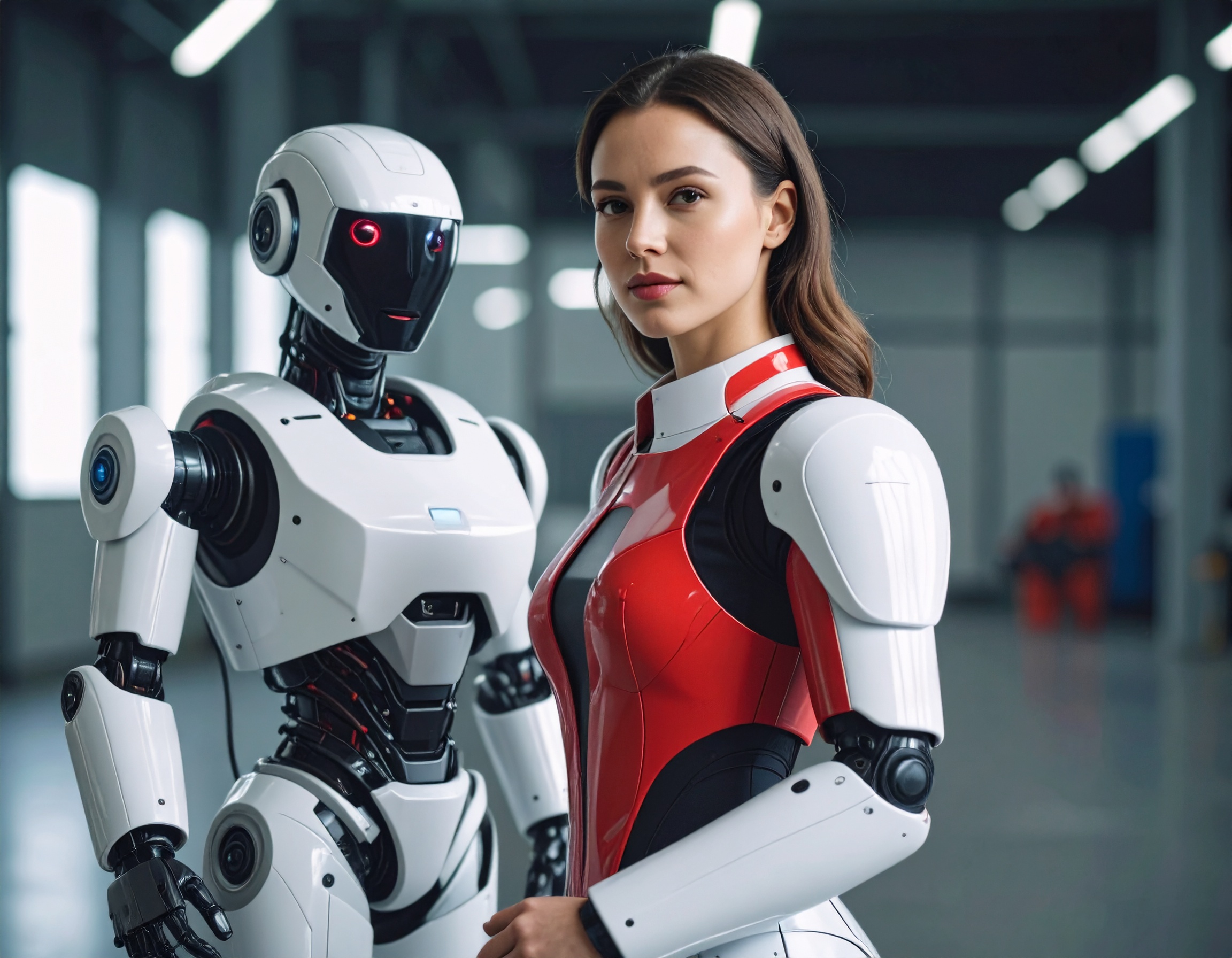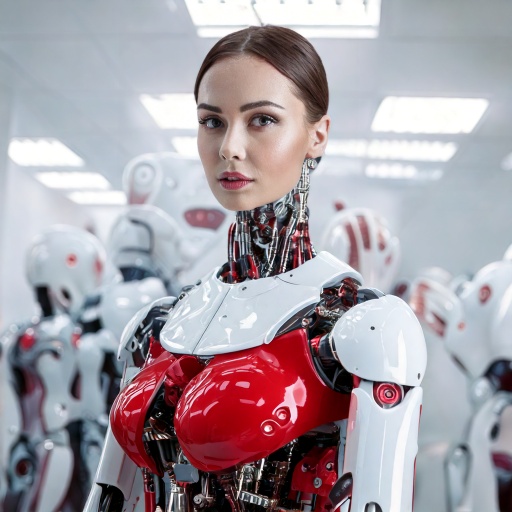Rise of the Digital Workforce: Humanoid Robots Move Toward Mass Production in 2025

Humanoid Robots Enter the Workforce
In early 2025, the robotics industry reached a new turning point: humanoid robots are no longer confined to laboratories and tech expos. They are being prepared for mass production and real-world deployment. These robots, often referred to as "Digital Employees" or "Intelligent Agents," are being designed to work alongside — or even replace — human workers in various industries, especially those suffering from labor shortages.
This transition is significant as it marks the beginning of a new era of automation, where robots with human-like features and functions take on roles that are dangerous, repetitive, or undesirable.

Leading Companies Drive the Change
Several robotics leaders are spearheading this shift:
- Tesla plans to produce 10,000 units of its humanoid robot, Optimus, in 2025, with the goal of reaching half a million units annually by 2027.
- Agility Robotics has already started deploying its bipedal robot Digit in Amazon warehouses to perform package-handling tasks.
- Dobot, a Chinese robotics company, unveiled Atom, a full-size humanoid robot priced at around $27,500. Atom can perform household tasks such as making breakfast and pouring milk.
These examples reflect a growing trend in which "Non-Human Workers" are moving from concept to production lines and service sectors.

Real-World Use Cases and Market Impact
Digital Employees are being introduced into diverse environments:
- Amazon is testing Digit robots to automate warehouse operations.
- Chinese factories and businesses are incorporating humanoids into manufacturing, healthcare, and even food service roles.
- Governments and corporations in Asia are investing heavily in humanoid robot development as part of broader AI and automation strategies.
The push toward robotic labor is driven by both economic and demographic pressures, including aging populations, rising labor costs, and demand for continuous operation.

Challenges Ahead: Technology, Trust, and Trade
Despite the promise, hurdles remain:
- Developers must ensure safety, adaptability, and reliability in unpredictable human environments.
- Public trust and regulatory frameworks need to evolve to support widespread robotic deployment.
- Supply chains for key components — especially semiconductors and sensors — remain vulnerable to geopolitical tensions, including U.S.-China trade restrictions.
Key Highlights:
- Mass Production Begins: In 2025, humanoid robots, such as Tesla's Optimus and Agility Robotics' Digit, are set for large-scale production, transitioning from prototypes to real-world applications.
- Leading Companies:
- Tesla aims to produce 10,000 Optimus units in 2025 and scale to 500,000 by 2027.
- Agility Robotics deploys Digit in Amazon warehouses for automation.
- Dobot launches Atom, a humanoid robot priced at $27,500 capable of performing daily tasks.
- Robots as "Digital Employees": These robots are designed to fill roles in industries facing labor shortages, taking on hazardous or repetitive tasks in sectors like manufacturing, logistics, and food service.
- Global Impact: Chinese companies are rapidly adopting humanoid robots, pushing innovation in AI and robotics within Asia and globally, with applications expanding from factories to customer service.
- Challenges: Ensuring robot safety, reliability, and navigating geopolitical issues (such as trade restrictions affecting component supply) remain key hurdles.
- Technological Revolution: Humanoid robots are set to reshape the workforce, transforming industries and changing the future of work with intelligent automation.
Reference:
https://www.iotworldtoday.com/robotics/humanoid-robots-near-mass-production-report


